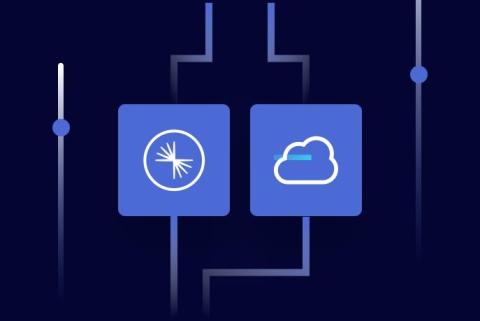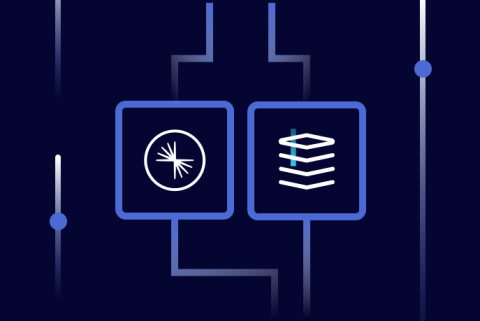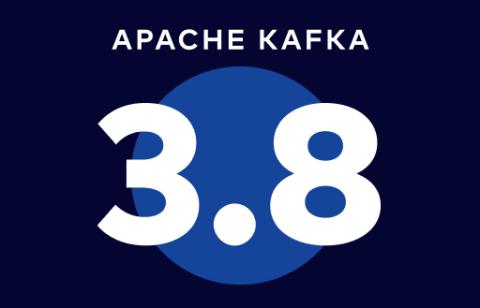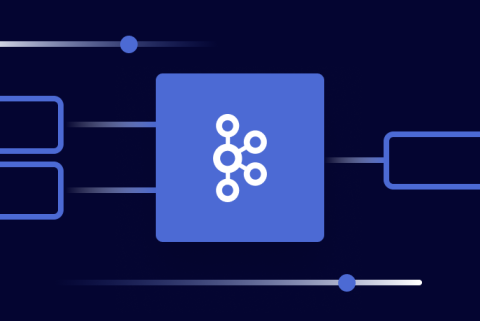Introducing the New Confluent Cloud Homepage UI: Enhancing User Experience
At Confluent, we are committed to enhancing our product to meet the evolving needs of our customers. In the last year we’ve seen substantial increases in both UI users and UI usage. With such high growth, we’ve been looking for ways to improve experiences where we can. Based on internal and external validation, the Confluent Cloud Homepage was specifically identified as an area that could be improved.








